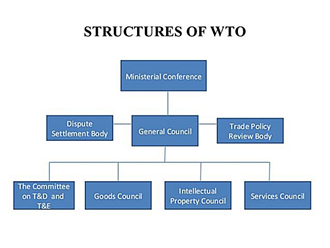Bonds: It is a long-term debt instrument which is issued by the Government or its agencies. They are largely secured which means that the investor has the lowest risk of losing out the investment (also known as default on principal amount) as these securities are backed by collateral.
Debentures: It is also a long-term debt instruments, but these are issued by corporates which are unsecured. They usually offer higher coupon rates than bonds (since the risks of default is higher as they are unsecured and thus, they offer higher coupon rates)
Various Types of Bonds
1. Government Securities (G-Secs)
-
- It is also known as dated securities as the date of maturity is already mentioned.
- It is also known as Risk Free Gilt-edged instruments (as G-Secs are held in special type of account known as Gilt Account)
- It is issued by RBI on the behalf of the Government and represents long-term borrowing by the Government of India or State Governments.
- If it is issued by a state government, it is referred to as State Development Loans (SDLs).
Note: State Government are not allowed to issue T-Bills (Short-term money market instrument)
|
Issuing of G-Secs When RBI issues Government Securities, it specifies the same as to whether the securities issued are as part of the Market Borrowing Programme or the Market Stabilisation Scheme. Market Borrowing Programme: These debts represent the financing of fiscal deficit of the Government from the market which are bought by retail and institutional investors. Market Stabilisation Scheme: Under this, government securities are issued with the objective of providing the RBI with a stock of securities with which it can intervene in the market for managing liquidity. |
2. Zero Coupon Bonds
-
- Also known as Discounted bond
- No coupon rate is given
- Issued at discounted price than the par-value and money is given back at face value at the time of maturity.
3. Inflation-Indexed Bonds (IIBs)
-
- These bonds give a real rate of return to the holder.
- They are issued by the Government of India.
- These are the bonds where the principal is indexed to inflation. That means when inflation rises, the prices of bonds increase which gives capital gain to the holder.
- The actual coupon rate does not increase but it is the gain in terms of principal value which gives inflation-beating return. Thus, the government can use this bond to reduce higher cashflows in times of high levels of inflation by adjusting prices of the bond without changing the coupon rate.
4. Floating Rate Savings Bond (FRSB)
-
- They are issued by RBI on behalf of the Government of India.
- The coupon/interest of the bond is reset on a half yearly based on National Savings Certificate (NSC) rate (Base rate) + 35bps.
- The interest earned on these bonds is taxable.
5. Masala Bonds
-
- Rupee denominated bonds which are issued in foreign market.
- Only Govt of India, NBFCs and selected corporates are allowed to issue masala bonds.
- The risk of foreign exchange fluctuation is borne by overseas investors as depreciation of Indian Rupees may lead to lower real value for the bond holders.
6. Municipal Bonds
-
- When debt is raised by municipal authorities to fund developmental projects
- Only those municipal authorities are allowed which have a sound credit worthiness.
- Although very common is advanced economies. But, In India it is still at nascent stage as municipal corporations are generally not financially well managed.
7. Negative Yield Bonds
-
- When investor receive less money at maturity than the face value
- Investors are offered negative return as there is excess liquidity in the market due to economic crises.
- Mainly aimed at protecting capital as putting money in bank is riskier as there is a high chance of banking collapse
- It generally happens in advanced economies which are facing economic crises.



